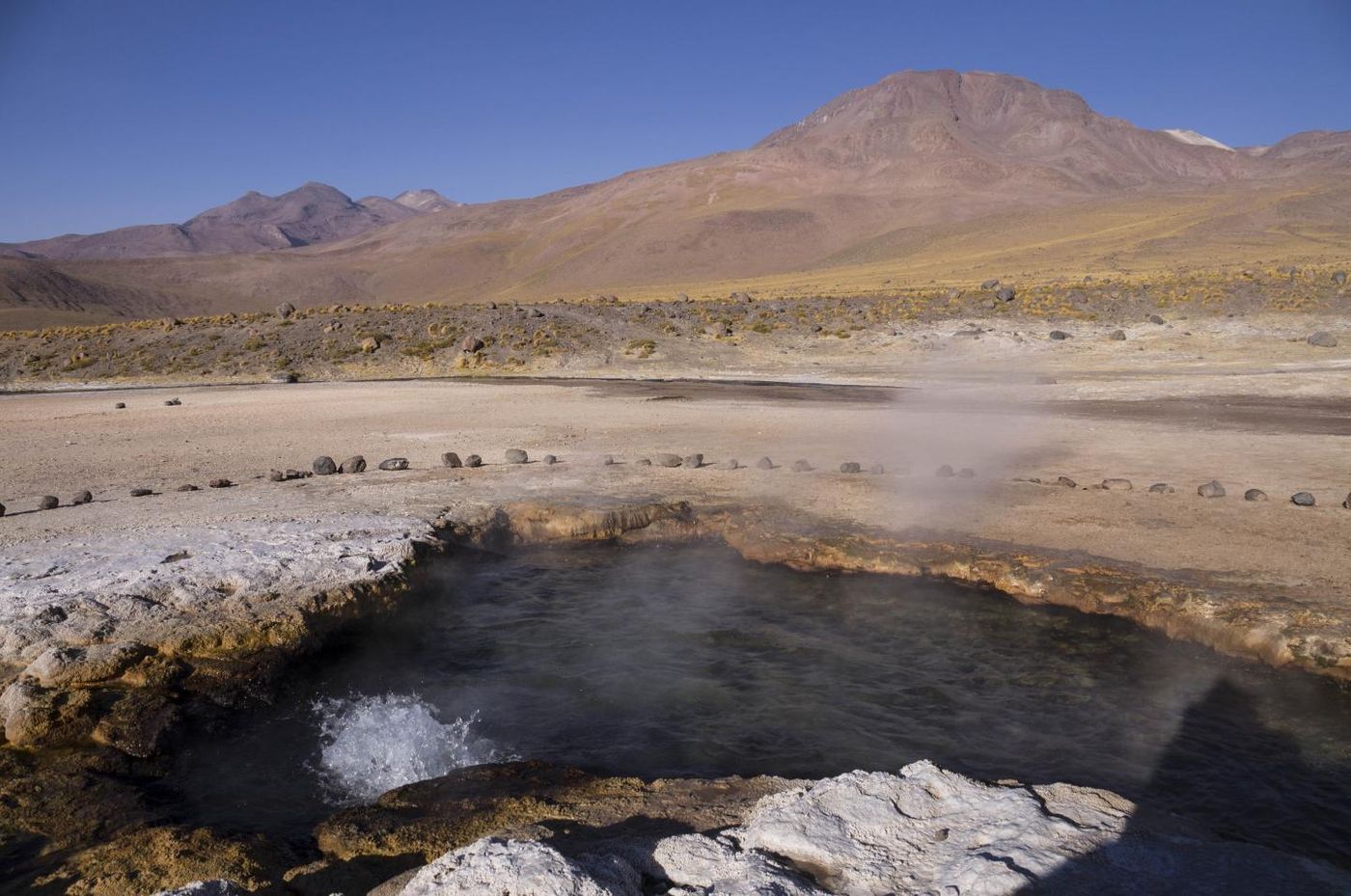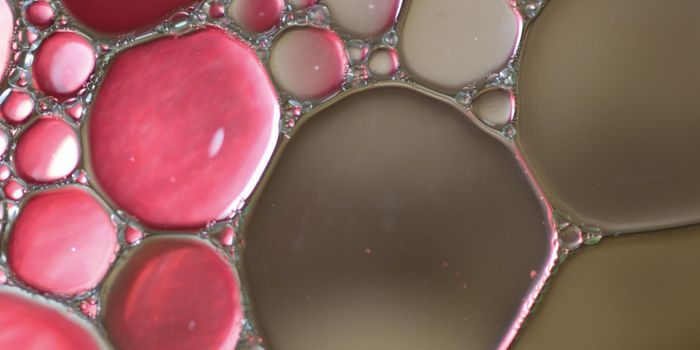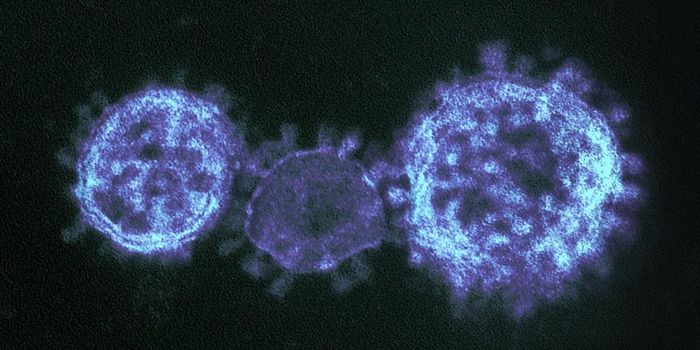Bacteria Might be Migrating Around the World Through the Air
It may be possible for bacteria to move through the air over thousands of miles, without having to use an animal to move them along, new research suggests. The theory of an ‘air bridge’ used by microbes can provide new insight into how antibiotic resistance genes are shared and spread among microbes. The findings, which looked at the ‘molecular memories’ of bacteria, which are stored in their genome, have been reported in the Philosophical Transactions of the Royal Society B.
"Our research suggests that there must be a planet-wide mechanism that ensures the exchange of bacteria between faraway places," said senior author Konstantin Severinov, who is a principal investigator at the Waksman Institute of Microbiology and professor of molecular biology and biochemistry in the School of Arts and Sciences at Rutgers University-New Brunswick.
"Because the bacteria we study live in very hot water - about 160 degrees Fahrenheit - in remote places, it is not feasible to imagine that animals, birds or humans transport them," Severinov noted. "They must be transported by air, and this movement must be very extensive, so bacteria in isolated places share common characteristics."
There are viruses called bacteriophages that can infect bacteria. They are probably the most abundant form of life on the planet, and can be found nearly everywhere, the researchers noted. These viruses can have a significant impact on bacteria, and change the population and evolution of a microbial community.
When bacteria are infected by bacteriophages, and a bacterium survives the infection, a bit of the viral DNA is stored like a molecular memory in the bacteria cell’s DNA - in an area called a CRISPR array (which is outlined in the video). The memory is passed down to their offspring, and that allows scientists to follow the order of these molecular memories to see how the bacterium and viruses interacted in the past.
For this work, the researchers focused on Thermus thermophilus bacteria, a heat-loving microbe that resides in the hot gravel of Mount Vesuvius and hot springs in Russia and Chile. At first, the scientists expected that hot springs separated by thousands of miles would be isolated enough that the bacteria residing in them would have very different molecular memories in their CRISPR arrays. The bacteria would not have encountered the same bacteriophages because they were so far apart. They also thought that lots of evolutionary changes would differentiate the bacteria. They found something different though.
"What we found, however, is that there were plenty of shared memories - identical pieces of viral DNA stored in the same order in the DNA of bacteria from distant hot springs," Severinov said. "Our analysis may inform ecological and epidemiological studies of harmful bacteria that globally share antibiotic resistance genes and may also get dispersed by air instead of human travelers."
The researchers plan to continue this work and want access to drones or research balloons so they can sample air at various locations around the globe, and identify the microbes there; that would provide more conclusive proof of the air bridge hypothesis.
In the video above, Serverinov discusses CRISPR.
Sources: AAAS/Eurekalert! via Rutgers University, Philosophical Transactions of the Royal Society B









